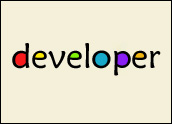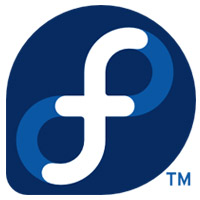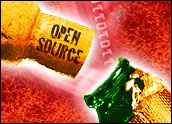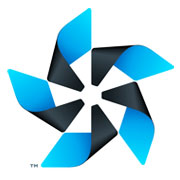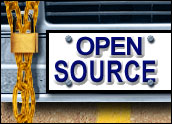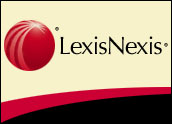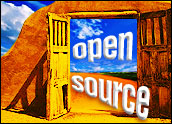
The Open Solutions Alliance (OSA), a federated community of open source business and developer communities, opened in earlyDecember a community portal built upon technology from one of its newest member organizations, Essentia. The company develops software platforms and solutions for online communities and commerce.
The EssentiaESP is a community-engagement platform designed specifically for commercial open source and taps into the latest trends in social networking to encourage greater collaboration among companies and open source communities.
The EssentiaESP environment supports multiple project types. Some of the core projects hosted there include the Common Customer View (CCV) project; Interoperability projects between OSA member companies like the Hyperic/Jaspersoft integration; and member projects for OSA companies including Hyperic, Ingres, Jaspersoft, Openbravo, SpikeSource and others.
“What the OSA is trying to do is ensure that all of the different companies can cooperate and integrate. And it wants to make sure that there are a set of standards that all companies can publish to,” Gopi Ganapathy, president and CEO of Essentia and new OSA Community Development Chair, told LinuxInsider.
OSA’s choice of EssentiaESP reaffirms Essentia’s leadership in community development, collaboration, commerce and open source development, he said. His company’s involvement with OSA will foster deeper interoperability efforts among OSA member company that will be open to the worldwide community of open source developers, he explained.
Ganapathy recently addressed the second annual Malaysian Government Open Source Software Conference (MyGOSSCON) in Kula Lumpur, Malaysia. MyGOSSCON is a conference designed to support the Accelerated Adoption (Phase II) of the Malaysian Public Sector OSS Master Plan Program.
He addressed the conference on the topic of Building Vibrant Open Source Communities drawing on his experience from the OpenOffice.org, java.net, NetBeans and JasperForge.org communities.
LinuxInsider met with Ganapathy to discuss Essentia’s interest in the OSA and the goals of the new community portal.
LinuxInsider: What sparked your enthusiasm for working so closely with the OSA?
Gopi Ganapathy:
Open source has a couple of key drivers. One obviously is the ability to get source code software distributed fast. The second is the supporting community that actually comes together to build the software. OSA is very interested in insuring that open source gets adopted. One of the challenges for OSA is that there really wasn’t a deep system integrator that really understands all theoptions and the offerings and how to put it all together.
LI: What role is Essentia playing with helping the OSA meet this challenge?
GG:
The problem for OSA is getting software adopted and building cross-product traditions that comprise a number of member companies’ products. This demonstrates how fairly complex this system is to work under a common framework. To make all these things happen you need to have a suitable open source platform or environment where companies can collaborate through the use of a mega community that is basically a community of communities.
LI: How unique is the platform Essentia developed for the OSA portal?
GG:
I think there is no other product out there that can actually handle the federation of communities and allow broadening participation of community members from different communities toparticipate in wide dissemination of knowledge and adoptions of products and be able to create vertical solutions or localized solutions for specific markets.
LI: Is EssentiaESP something your company already had, or is it something you created for the OSA?
GG:
We always had a history of working with open source platforms. Back in the 1980s we were involved in developing platforms for fairly large software deployments in OpenOffice. I was personally responsible for running the dream team for developing several products. Since then we have built a couple of generations of community platforms.
LI: What changes in community use are you noticing with this current platform generation?
GG:
The interest in the current generation is that several communities have moved from being very developer-centric to becoming primarily business users rather than developers. The interest is really to figure out how to experience the information that exists among the broad users and ensure that we have a low risk in terms of adopting.
LI: How else are open source communities adapting to the use of a massive collaboration portal?
GG:
We also see that there are new paradigms of social networking developing that people have become quite comfortable using. These include all the video collaborative capabilities like Skype and IM and Twitter and everything else that is going on.
LI: Have you integrated these communication trends into EssentiaESP?
GG:
We decided to basically bring together all the core software tools for open software development with social networking to provide a modern platform that can fully scale. When we say scale, we are talking about hundreds of thousands of users who can come together to work on a product.
LI: Is there any cost for members to participate in this portal, or do they have access by virtue of belonging to the OSA?
GG:
OSA underwrites the cost of writing this platform and supporting members use of it. OSA wants to ensure that they have a highly stable environment in which a lot of talented open sourcecommunities like SourceForge and JasperForge are all in one place. That really shows the strength of the participation that is possible among open source companies.
LI: Who actually runs the portal?
GG:
We [Essentia] not only designed the solution, we actually handle the whole operation. So the entire solution is built and managed and hosted by us. So now everything happens through EssentiaESP and all the team members are based in California and the East Coast. We also have community management with people who really understand how to build an active and viable open source community and ensure that participation happens and support the users of the platform.

















